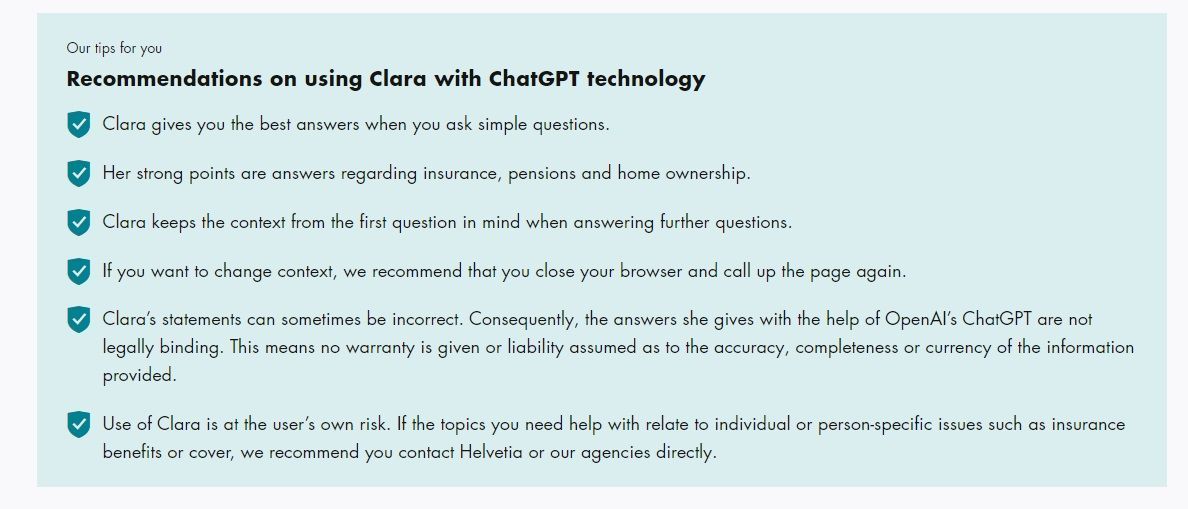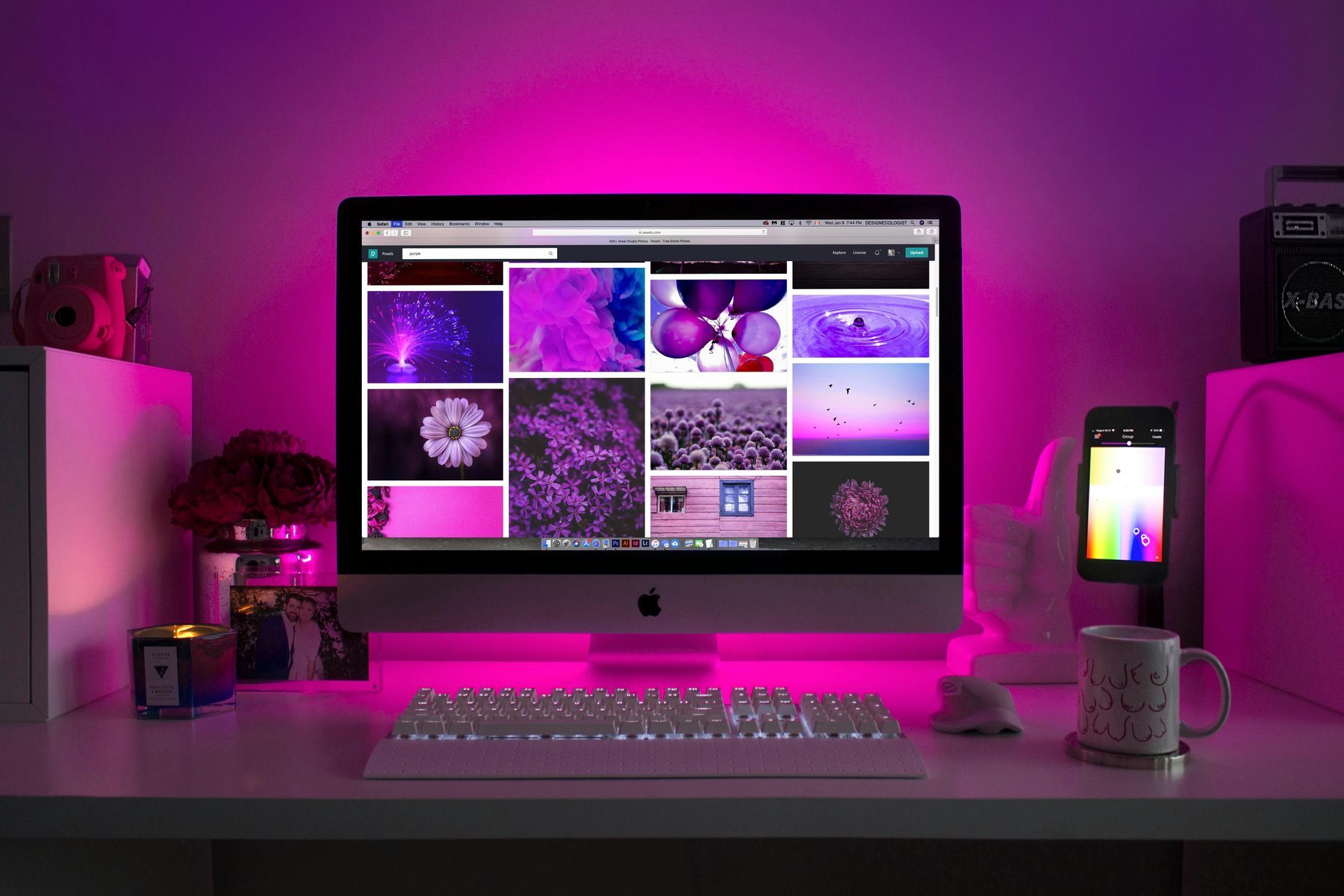ChatGPT and Data Policy - A Simple Guide
Does ChatGPT use my data?
This blog summarizes the privacy policy key points you need to consider when using generative AI such as ChatGPT. The situation may vary between llm vendors and their type of licenses (e.g. LaMA open-source models vs. proprietary models like GPT-4).
Data policy for GPT API usage
If you use the API product from OpenAI to build your own product or want to embed OpenAI services into your software, OpenAI explicitely states that "OpenAI will not use data submitted by customers via our API to train or improve our models, unless you explicitly decide to share your data with us for this purpose" (https://openai.com/policies/api-data-usage-policies). Remember that data entered before March 2023 - the effective date of this policy change - was likely used for training purposes. In addition, your data will be kept for 30 days to monitor any misuse.
Data policy for ChatGPT end-users
If you use the ChatGPT Basic or ChatGPT Plus functionality as a end-user you need to take care as data may be used from OpenAI to optimize their models. So for the "Non-API product" be careful when entering sensitive data: "When you use our non-API consumer services ChatGPT or DALL-E, we may use the data you provide us to improve our models. You can switch off training in ChatGPT settings (under Data Controls) to turn off training for any conversations created while training is disabled or you can submit this form. Once you opt out, new conversations will not be used to train our models."
Can it happen that ChatGPT releases confidential information from my company?
If you use knowledge bases from your company (e.g. databases like company docs, or personal notes, CRM data, text with confidential data) in the ChatGPT user interface could be used by OpenAI for training purposes and there may be a risk that the data will become public - unless you explicitely opted out in the beginning. So if you don't want that information of future offers, or sensitive information about your company is generated without control, avoid entering sensible data. As a company you can avoid this by using the API or in the safest way finetuning you own models on dedicated on-premises / own environments.
For example, Bloomberg created their own GPT model because their main business model is "knowledge". If they had given all information to OpenAI, and not build their own model, they would have handed out all their unique selling proposition. Building an own Large Language Model (llm) is very cost-intensive and requires high deployment resources as well as specific skills within a team (e.g. data scientists, MLOps expert) to enable a proper software deployment with all required tasks such as clean data pipelines, finetuning, training, testing and continuous model optimizations.
Is my AI generated content copyrighted?
Copyright law protects the rights of creators to their works. An AI (is no legal subjects) cannot be prosecuted under copyright law, only humans: The U.S. Copyright Office states that there is no copyright protection for works created by non-humans, including machines. As a consequence, the product of a generative AI model cannot be copyrighted. However, copyright protection of an AI product that exhibits traits of its creator can be protected by copyright. Therefore, prompt files or any code may fall under copyright. Please always look at the exact terms and conditions of the according generative AI providers when using generative AI for commercial reasons.
What do I need to amend in my data policy when I want to implement a ChatGPT in my company?
Companies must ensure that they respect the privacy and rights of their customers and that they communicate their use of AI in a transparent and accountable manner. This is by explicitely referring in their data policy to the models used. Find some examples here:

Jumbo explaining the purpose of its AI usage in their newly launched Jumbobot. They explicitely explain that the bot may "hallucinate" - meaning that there is the risk that the bot's answer may not be 100% correct: https://jumbo.frontnow.site/de/terms.

Helvetia Chatbot with ChatGPT transparently explaining the usage of GPT technologies to the users: https://www.helvetia.com/ch/web/en/private-customers/contact/services/chatbot-clara/ask-clara.html
Does ChatGPT give my data to third-parties?
If you use ChatGPT OpenAI my use your data for third-parties. The list of third-parties are can be found here: https://platform.openai.com/subprocessors
Need support with your Generative Ai Strategy and Implementation?
🚀 AI Strategy, business and tech support
🚀 ChatGPT, Generative AI & Conversational AI (Chatbot)
🚀 Support with AI product development
🚀 AI Tools and Automation















